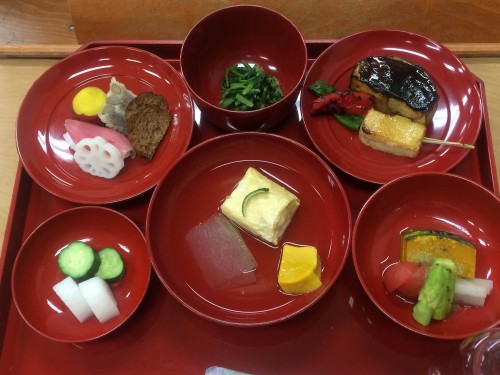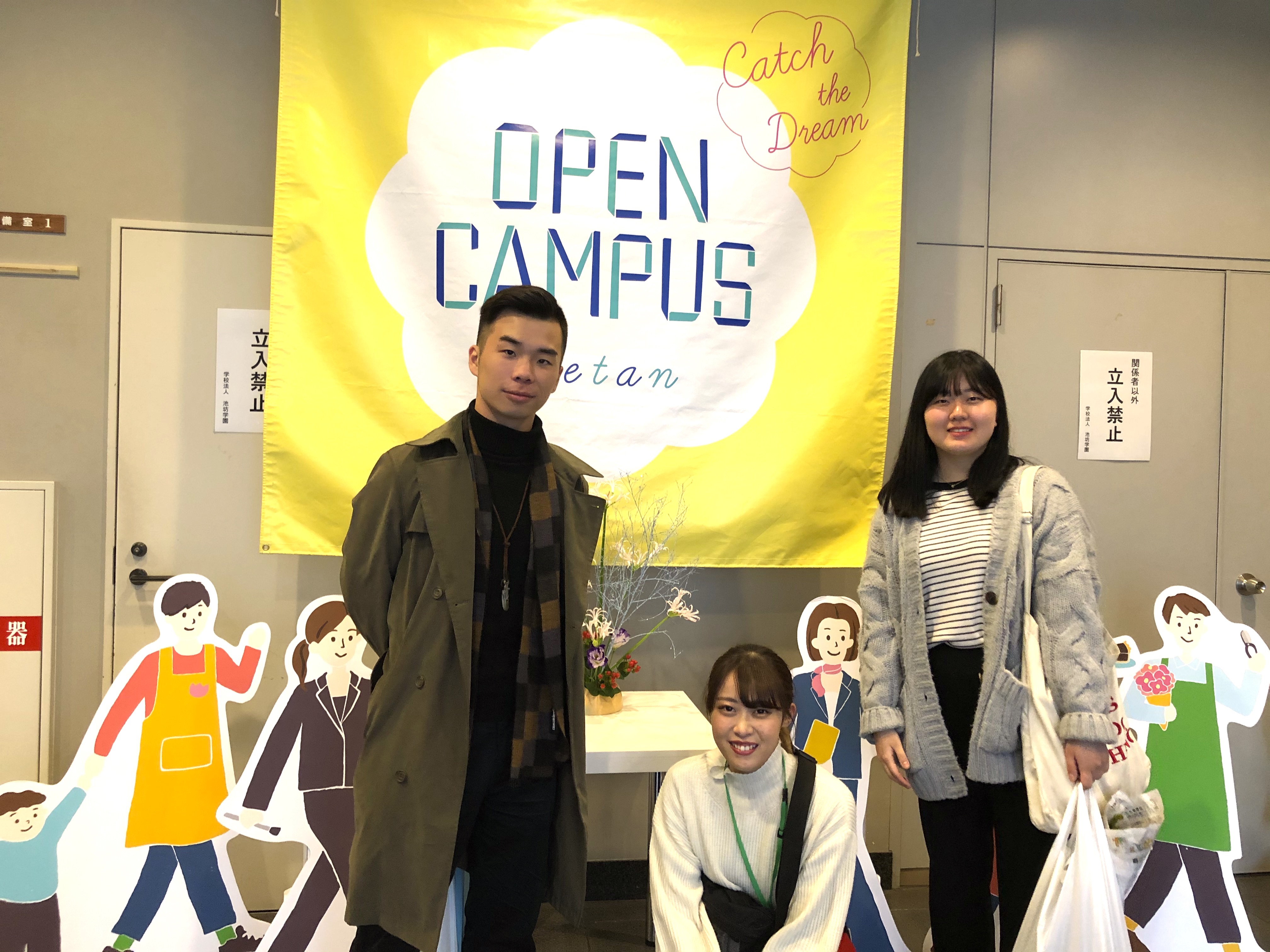Shojin: món chay truyền thống ở Kyoto
2016.09.12
Rapid-fire Questions
When the lecture is over, the floor is opened up for questions from the students. They’re not shy:
“What’s the difference between Shinto and Buddhism?”
“If you decided it’s bad to eat meat, or desire meat, isn’t it hypocritical to try to make your vegetarian food look and taste like meat?”
“Do regular people eat Shojin cuisine, too? When would they eat it?”
The questions may have been a bit deeper than the lecturers expected, but they certainly started a lively discussion!
Time to eat!
No hungry students here: after the lecture, the students are treated to a specially prepared Shojin bento lunch. While they eat, one of the chefs explains the different parts of the meal and its various ingredients.
Everything in the meal, including the soup stock, he explains, is made from Shojin-safe ingredients. According to the Zen tradition, flavors that are over-stimulating to the taste buds are thought to appeal to and encourage wordly desires, and are avoided in favor of softer tastes. Even when choosing amongst vegetables, those that are especially pungent, such as onions, are not permitted according to the rules of Shojin cuisine. While these rules may sound disappointing to some, the essence of Shojin cuisine is to hold life in high esteem, from the vegetarian preparation to the way one eats a Shojin meal: eating with thankfulness, and leaving no waste is an important precept. Because vegetables are also living creatures, not unlike fish and animals, part of the philosophy of Shojin cuisine is to give thanks for the life in the food one receives.
Comments from the students
Q: Are you interested in Japanese food?
A: Yes. Japanese food is really popular in Indonesia. The most popular things are sushi and ramen. Ramen’s my favorite.
Q: What do you think of this Shojin cuisine, or the other Japanese food you’ve had in Japan?
A: It tastes totally different from food in Indonesia. In Indonesia, we use lots of spices and seasoning, but Japanese food tastes so much blander by comparison Food in Indonesia is spicy in general—even the ramen in Indonesia is spicy. But there’s one thing in this Shojin lunch that’s the same as an Indonesian food! This spinach with the sesame dressing. It surprised me, because it tastes just the same as some food in Indonesia. It’s kind of funny!
A Message from the Professor
In this class, I place a lot of emphasis on the changes that Japanese food undergoes within the flow of historical events. I’m actually pretty proud, because I think a class like this is unusual. (laughs)
Food is only one a part of a culture. If you don’t take into account the other facets of that culture when you examine, say, why Kyoto’s cuisine has become so famous across the world, you won’t be able to continue to develop Kyoto cuisine. Considering why this style of food came into existence in the first place is directly connected to the growth of Japanese food culture in the future. I really hope for my students to think about food, too, as a part of Japanese culture as whole. That’s the most important thing in my class.
And really, if you’re going to study Japanese culture, there’s no better place to do it than in Kyoto. At the very least, it’s incredible that until about the Middle Ages, Kyoto culture managed to spread to all corners of Japan. If the people of Kyoto adopted a particular food, or a style of dress, or an ideology, the rest of the country followed suit. There are some experiences in Kyoto that you just can’t get anywhere else, like go to an upscale ryotei restaurant and order an exquisite full course kaiseki meal, or go to Nishiki Market and learn about the incredible cooking knives and utensils directly from makers themselves. These are the kind of experiences we prepare for students on this program.
I invite you to let Japanese food be your gateway to learning more deeply about Japanese culture.
Read more about the Kyoto Summer Study Abroad Program here!












